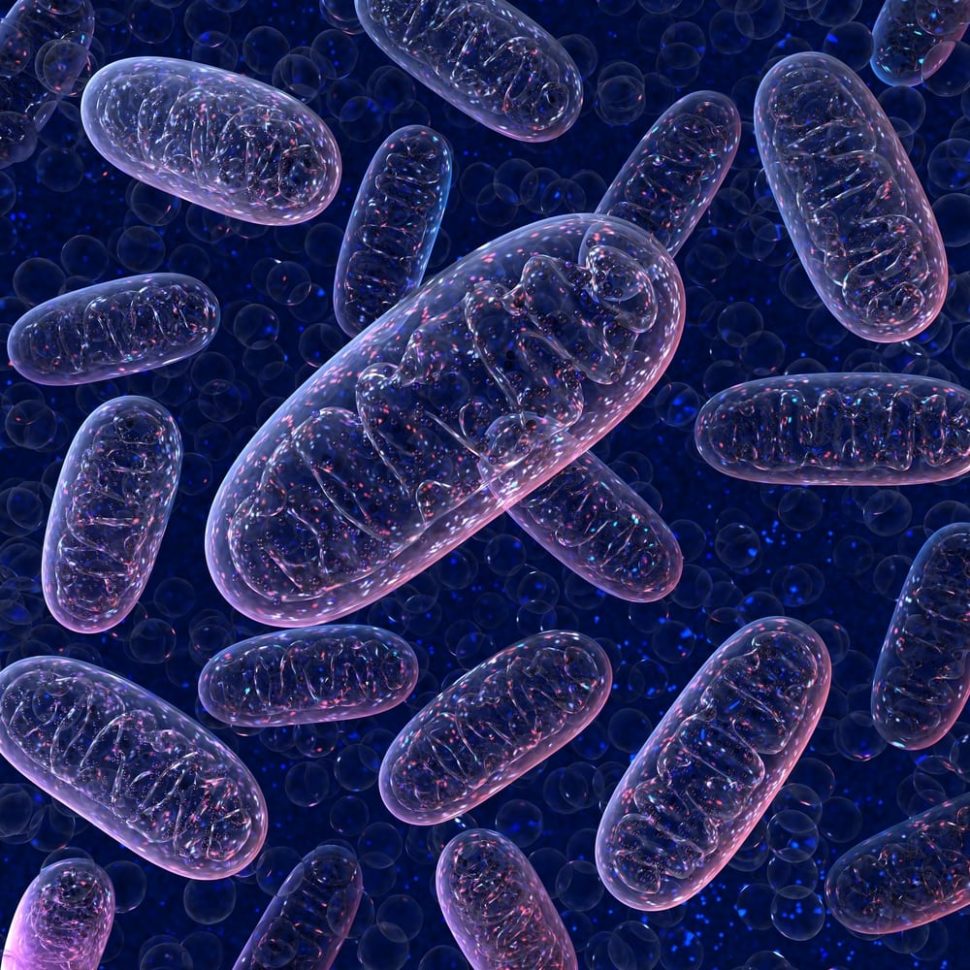Scientists have found a link between rapid mitochondrial evolution and the emergence of new species from isolated populations.
Mitochondria do much more than just fulfilling their function as the cell power stations and enabling cellular metabolism.
It is said that coffee is good for the heart, but now we know that it’s thanks to the mitochondria that this protective effect of caffeine takes places.
Studying how the genome of mitochondria functions is helping researchers understand diseases such as dementia, cancer, and Parkinson’s along with other aging-associated conditions.
Read More: Mitochondria Discovery May Provide Cure to Dementia and Aging
The extent of Mitochondrial DNA’s effect also doesn’t stop here either.
Mitochondria Helps Isolated Populations Turn Into Species of Their Own
There are many cases of isolated populations of the same species developing reproductive incompatibility. However, scientists didn’t understand how such changes can occur, especially those occurring within a rapid amount of time.
A team of genetic researchers at Oregon State University, with collaboration from three universities in California and North Carolina, has now deciphered the role mitochondrial DNA plays in this evolutionary process.
Researchers worked on planktonic organisms known as Tigriopus californicus, a species of crustaceans that dwells in the tidepools of the Pacific coast from Mexico all the way up to Alaska.
T. californicus isolated populations have been evolving into several different species that can no longer interbreed.
The team used molecular statistical models to sequence the DNA of T. californicus specimens belonging to eight different populations.
“Those genes may therefore be candidate genes for understanding how different populations become incompatible and possibly eventually become different species,” Said Felipe Barreto, assistant professor of integrative biology in OSU’s College of Science and lead author of the study.
They found that even when the isolated populations were geographically relatively close, the divergence in mitochondrial genes was still apparent.
T. californicus populations may maintain reproductive compatibility, but their hybrid offspring are less viable than individuals born within the same populations.
“As a result, hybrid offspring between populations suffer from lowered fitness in the form of lower fecundity, slow development and lower ATP production as determined by several previous experiments,” Said Barreto.
The study (Genomic signatures of mitonuclear coevolution across populations of Tigriopus californicus) is published in the journal Nature Ecology and Evolution.



















Comments (0)
Most Recent